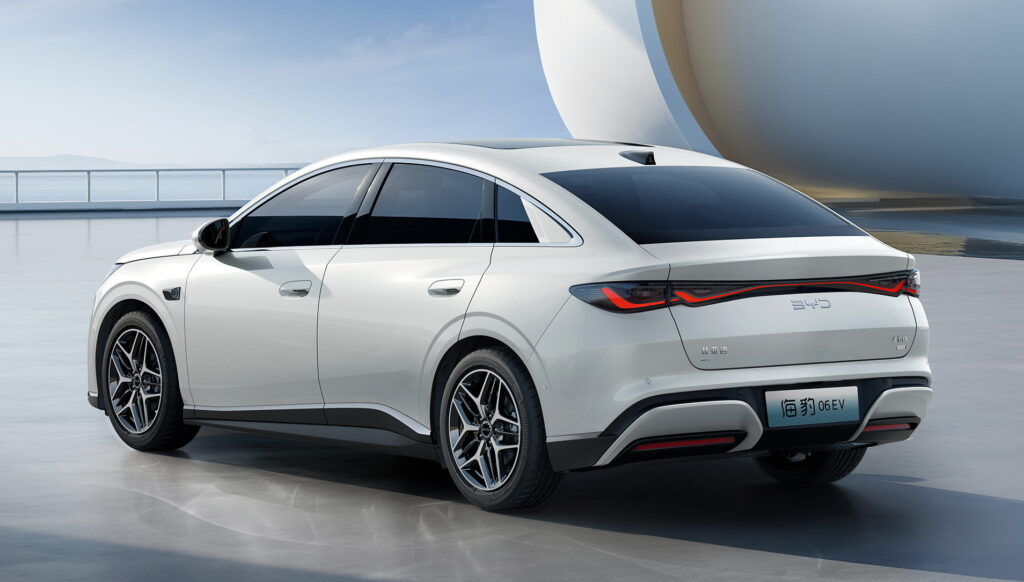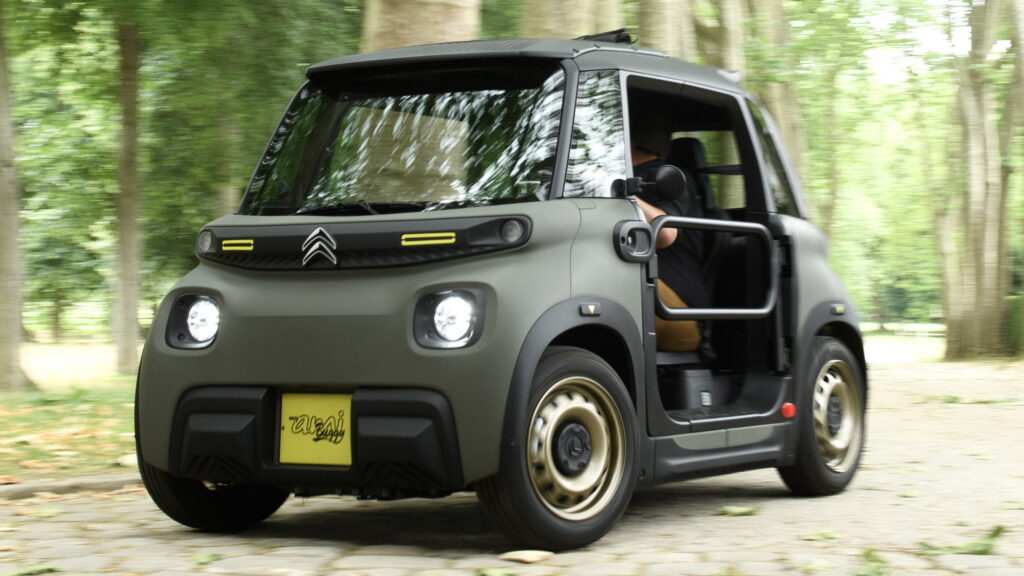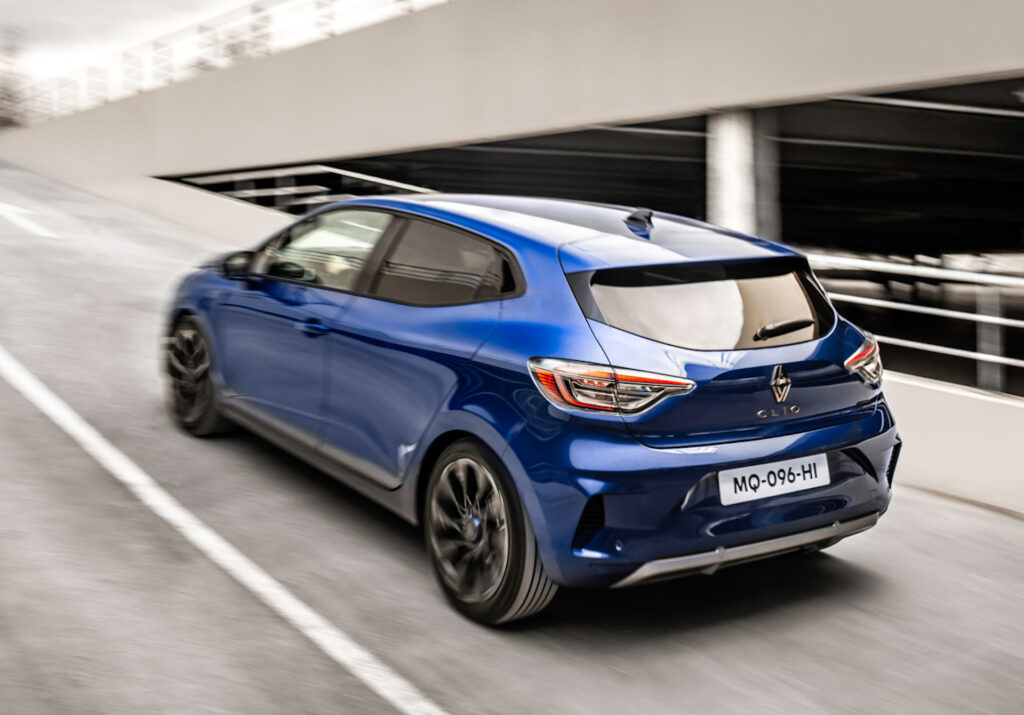The Company That Owns Land Rover Is Making A Baby Defender Of Its Own

- Tata’s new SUV will come in gas, diesel, and EV versions with up to 310 miles.
- The boxy design draws inspiration from Land Rover with a floating roofline.
- Despite its appeal, the SUV is not expected to launch outside of India soon.
Tata Motors might not be the first name that springs to mind when talking about global carmakers, but maybe it should. Despite flying under the radar for many, even car enthusiasts, the Mumbai-based company is keeping Jaguar and Land Rover alive in today’s turbulent automotive landscape shaped by tariffs, shifting regulations, and economic unpredictability.
Beyond its stewardship of British luxury brands, Tata builds a wide range of vehicles under its own badge. These include value-driven hatchbacks, compact SUVs, and increasingly, electric cars. Tata has been investing heavily in electrified mobility, offering affordable EVs starting at an impressively low $11,600.
Future Cars: Toyota’s Next Venza Could Be A Sexier RAV4 Coupe-SUV
Now, it has its sights set on taking on the compact SUV segment with a new offering designed to rival the popular Kia Seltos that’s expected to be available in both internal combustion and electric versions. Let’s take a closer look at what’s coming.
A Boxy Stance

Previewed in concept form at the 2023 Delhi Auto Expo, and more recently at this year’s Bharat Mobility Show, the final design largely mirrors the Sierra show car. Its boxy aesthetic sports notable Land Rover influences such as cue a floating roof design, flush door handles and upright stance. Why, you could almost call it a baby Defender and you wouldn’t be wide off the mark.
A gloss black fascia incorporates neatly hidden front headlamps with DRLs that span the width of the front, while lower down, a trapezoidal intake handles cooling duties. Sheetmetal surfacing eschews unnecessary design flourishes and squarish wheel arches combined with chunky cladding cement its all-purpose intent.
Out back, the rear quarter windows wrap around the lower D-pillars before seamlessly intersecting the tailgate glass. Its clamshell hatch design sports a thin, full-width LED taillamp cluster with alloy-effect lower bumper inserts.
Tech-Forward Interior

Step inside, and the focus shifts to connectivity and comfort. The Sierra is expected to be a five-seater and come loaded with digital features including a full instrument cluster, large touchscreen with wireless Apple CarPlay and Android Auto, and a panoramic sunroof to brighten things up.
Future Cars: Mazda’s New CX-20 Is Coming To Replace The CX-3
Other highlights likely to make the list include ventilated seats and a suite of Level 2 driver assistance systems, giving it a leg up in a segment where such features are starting to become standard.
Powertrains and Platform

Reports from abroad suggest the Sierra will be offered with two separate platforms: the ‘Atlas‘ for petrol and diesel models, and the ‘Acti.EV’ for the electric variant. However, current indications suggest Tata may focus on the Atlas platform, which supports a range of powertrain configurations and simplifies production.
As for what’s under the hood, we’re still waiting on final specs. Some sources suggest the EV version will offer a range of up to 310 miles (500 km), which would be impressive for a vehicle in this price bracket.
Internal combustion models will sport a petrol 168-hp 1.5-litre turbo four and a 2.0-litre diesel, with power sent to the pavement via a six-speed manual or six-speed automatic transmission. A seven-speed DCT is said to be in the works as well.
Rivals and Reveal
The Sierra won’t be heading overseas, at least not anytime soon. It’s designed to compete in the Indian market against well-established rivals like the Kia Seltos, Hyundai Creta, Maruti (Suzuki) Grand Vitara, Hyundai Alcaza, MG Astor, and Honda Elevate.
Future Cars: Nissan’s Next Juke Is So Different, You Might Not Recognize It
The production model is expected to make its official debut later this year, with sales to follow shortly after. Pricing and full specifications are likely to be announced closer to launch.
Would Tata find success if it brought the Sierra or something like it to markets outside of India? It’s a question worth asking since there are compact SUV buyers looking for a stylish, yet affordable, option, something the segment is not exactly rife with.




































